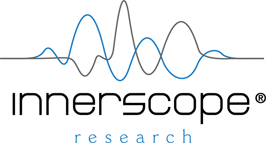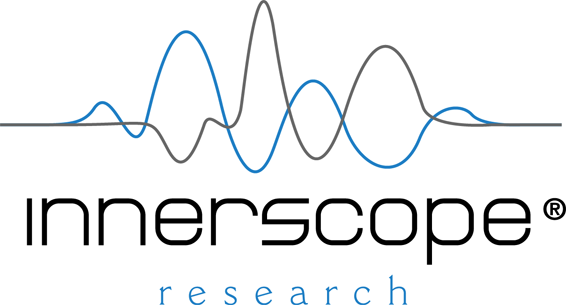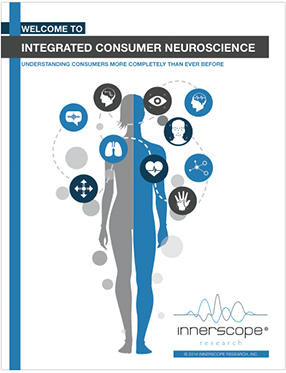Consumers can tell you a lot about your package and product designs. What they like, what they don’t like. And, generally, their verbal responses can provide an indication of whether one proposed design may be more successful than another. But if you’re prepping a multi-million dollar campaign, or any launch that’s central to your brand’s success, are you willing to depend solely on stated sentiments that are often biased and not very predictive of in-market behavior? Do you really want to rely on the fickle nature of a consumer’s verbal responses and the outside forces that impact them?
What you may not realize is that there is actually a wealth of data that shows just how directly nonconscious measures of package design and product design ultimately can predict product success in the market. This doesn’t just mean predicting bestsellers. It also means eliminating those designs that have the least viability and gaining valuable guidance about which elements resonate and which do not, ensuring that mistakes won’t reach the marketplace.
The enclosed chart is a sample of what we’ve found. The results, typical of neuroscience studies, show a series of proposed designs from a fashion retailer. On the horizontal axis, you can see results from consumers’ verbal responses, which are statistically insignificant and do not provide enough basis to make predictions regarding product/design viability on their own (in fact, if this brand had relied on them alone, they may not have ended up with the same choices for production). On the vertical axis, you can see corresponding nonconscious responses, gathered through biometrics and eye tracking. Using both measures in combination, there is a much clearer differentiation between the possible designs.
Importantly, these results were validated when measured against in-market performance. The designs with the highest emotional engagement achieved the highest sales. Those with the lowest emotional engagement achieved the lowest sales.
It should no longer be enough to understand whether consumes say they like or don’t like about your design(s). With the data and insights available with the modern tools of neuroscience, you should know without a shadow of a doubt which designs will strike an emotional cord with your customers, driving them to make purchase decisions.


